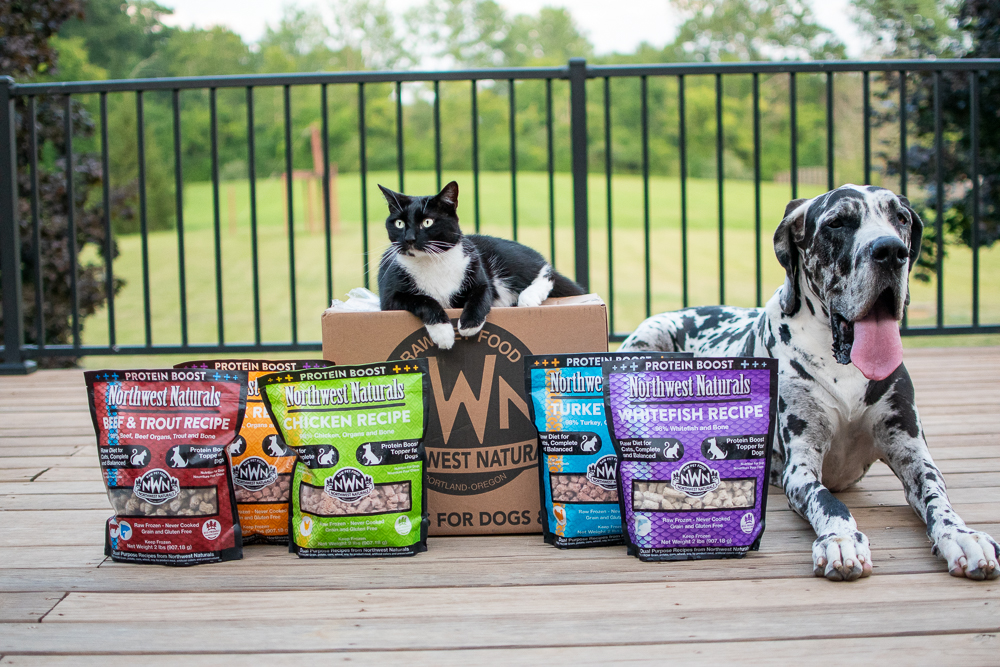
Lectins and the Amino Acid Taurine – Part 1
What are Amino Acids?
Amino acids, sometimes referred to as the building blocks of protein, are absolutely necessary for life. There are basically twenty individual amino acids humans need to sustain health; eleven are synthesized in our own bodies, but nine are considered “essential amino acids” and must be absorbed from our daily diet. If our diets lack these essential nine, we will not survive.
Our cats and dogs both must have a total of twenty-two amino acids in their diets to stay alive. Essential amino acids for dogs number ten. Cats need eleven essential amino acids for survival. Like us, these all-important nutrients must come from the foods they eat. And while every amino acid is indispensable, the one that has caused the most health problems lately is the lack of the essential amino acid Taurine in our dog’s and cat’s diets.
What is Taurine?
Taurine can be synthesized by most dogs in their own bodies by combining cysteine and methionine (two amino acids naturally occurring in the canine body). However, some breeds appear to be less efficient at this process than most canines. Dog breeds that are susceptible to taurine deficiency are Golden Retrievers, American Bulldogs, Portuguese Water Dogs, Dalmatians, SaintBernards, English Setters, American Cocker Spaniels, and Newfoundlands. But, in general, dogs can produce their own taurine if fed their species-appropriate diet of raw meat which includes large amounts of naturally occurring taurine.
Cats + Taurine
Cats cannot create taurine in their bodies and must get this essential amino acid directly from their diets. Being true carnivores, the correct diet for cats is meat and very little else. As stated above, meat is a rich source of taurine and therefore the healthiest, species-appropriate diet for cats. Did you know our Freeze Dried and Frozen Cat recipes have Taurine added to them? Check them out: https://www.nw-naturals.net/product-category/cat-food/
A shift in pet food
A few years ago, some companies in the pet food industry decided that grains were not good foods for our pets and the whole “grain-free” craze began. As with most self-serving corporate decisions, they got it half right and half wrong. Cats and dogs are carnivores and don’t nutritionally need grains at all which are primarily used to bind kibble ingredients together and are much cheaper to use than meat. But when the decision was made to eliminate grains, kibbles still needed a binder to fuse the ingredients into shape, and because this was a corporate decision, with money always the top priority, they had to find a cheap substitute for grains.
We now enter the unfamiliar (unfamiliar to dogs’ and cat’s digestive systems) world of tubers and legumes: peas, chickpeas, potato starch, white potato, tapioca, soybean flour, lentils, and numerous other beans. None of the above substances are nutritious for cats or dogs and would not be consumed by them if meat was available. The plant proteins they contain are significantly different from meat proteins, are not easily digested by carnivores nor do these high starch plant foods contain that all-important essential amino acid taurine.
The so-called dog food experts were correct in saying that grains are not necessary for canine or feline diets, however instead of replacing grains with what carnivores actually need, meat, they chose cheaper, less beneficial ingredients for our unfortunate pets. Since none of the commonly used ingredients mentioned in the above paragraphs contain any taurine (remember some dogs and all cats MUST get taurine from their diets or they won’t survive), the mainstream pet food industry is not doing our pets any favor by promoting grain-free diets.
Stay tuned for part 2
Next month we will explore why adding tubers and legumes, the commonly used binders in grain-free pet diets, may be more harmful to your pets than grain-inclusive pet food kibbles. The main culprit appears to be a specific plant protein called lectin. How lectin affects our pets will be discussed next month in the second part of this report.